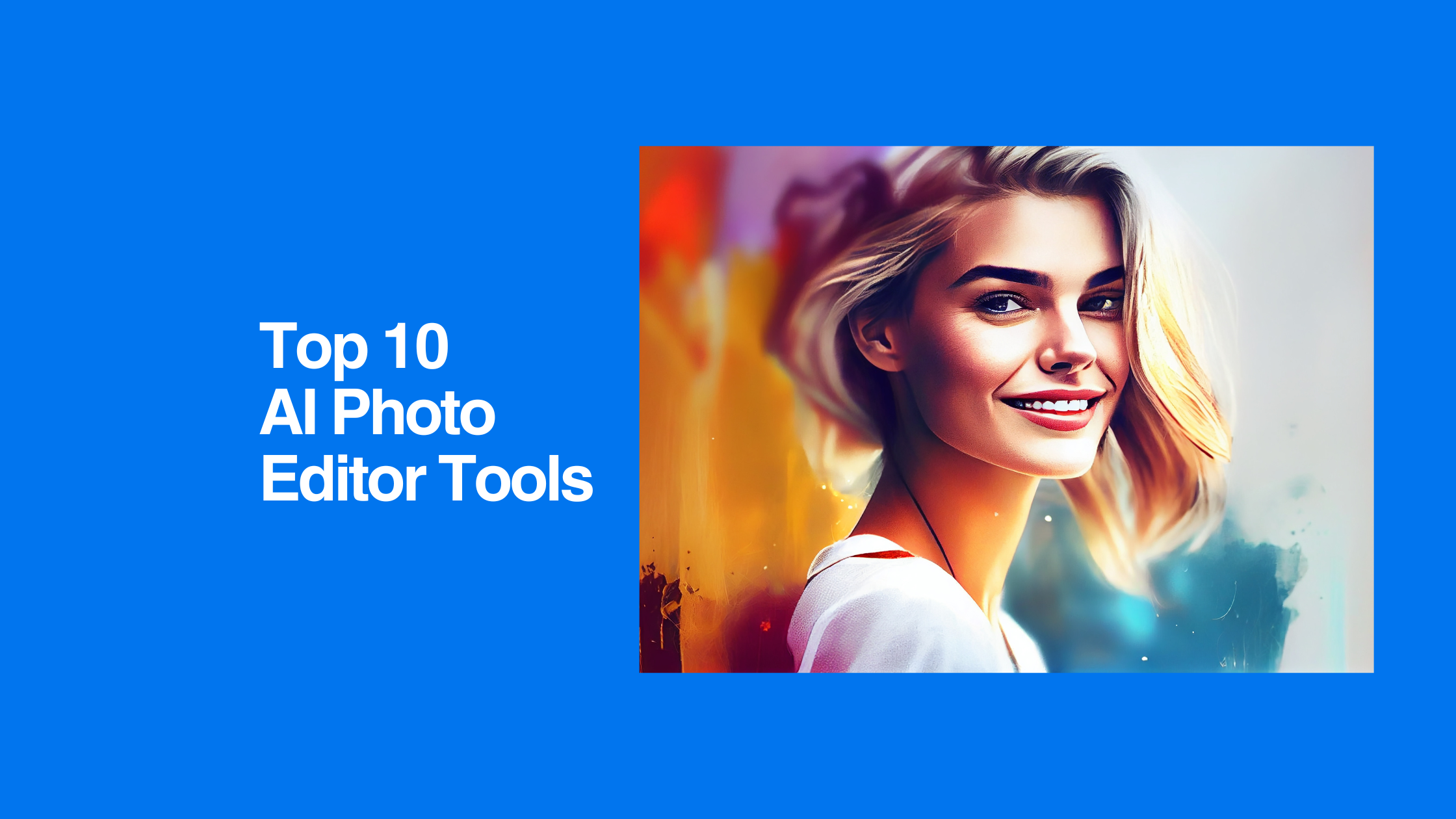
Top 10 AI Photo Editor Tools to Perfect Your Images Instantly
- Image Generators
- October 28, 2024
- No Comments
Top 10 AI Photo Editor Tools have dramatically changed how we approach photography and photo editing in today’s digital landscape. The capabilities of AI-powered tools are not only enhancing our ability to create stunning visuals but also simplifying the editing process for beginners and professionals alike. As a result, we have seen an influx of innovative AI photo editors in the market that offer advanced features, enabling users to achieve professional-grade edits with minimal effort. This blog post will delve into the top 10 AI photo editors that are making waves in the industry, showcasing their unique features, capabilities, and why they should be on every photographer’s radar.
Unlocking Creativity: The Best AI Photo Editor for Beginners and Professionals

The blend of creativity and technology is where AI photo editors truly shine. They democratize image editing, allowing anyone—from novice photographers to seasoned professionals—to produce remarkable results. Here, we will explore some of the best AI photo editors available today, suited for users of all levels.
Ease of Use for Newbies
For beginners, diving into photo editing can feel overwhelming, especially with more traditional software that demands a steep learning curve. AI photo editors mitigate these challenges by providing user-friendly interfaces and automated processes.
With intuitive designs, Top 10 AI Photo Editor Tools allow users to make significant adjustments with just a few clicks. For instance, tools like Luminar AI utilize machine learning algorithms to analyze images and suggest enhancements based on content awareness, automatically optimizing colors, tones, and saturation without requiring the user to understand complex editing techniques.
Advanced Tools for Professionals
While ease of use is critical for beginners, professionals seek depth and precision in their editing processes. Many AI photo editors have sophisticated features tailored to experienced users, including advanced retouching options, layer-based editing, and customizable filters.
For example, Adobe Photoshop integrates AI-driven features such as Content Aware Fill, which intelligently removes unwanted objects from images, making it easier for professionals to execute intricate edits without compromising quality. These advanced tools ensure that while beginners can enjoy straightforward functionalities, professionals still have the creative freedom to manipulate images to their liking.
Versatility Across Different Genres
Another compelling aspect of Top 10 AI Photo Editor Tools is their versatility. Whether you’re editing portraits, landscapes, or product photography, the right AI tool can cater to various genres effectively.
Consider programs like Capture One which not only excels in raw image processing but also harnesses AI technology to enhance color grading and detail recovery. Such versatility allows photographers to choose a single tool that meets their needs across different projects, saving time and effort in switching between platforms.
Beyond Filters: How AI is Transforming Photo Editing
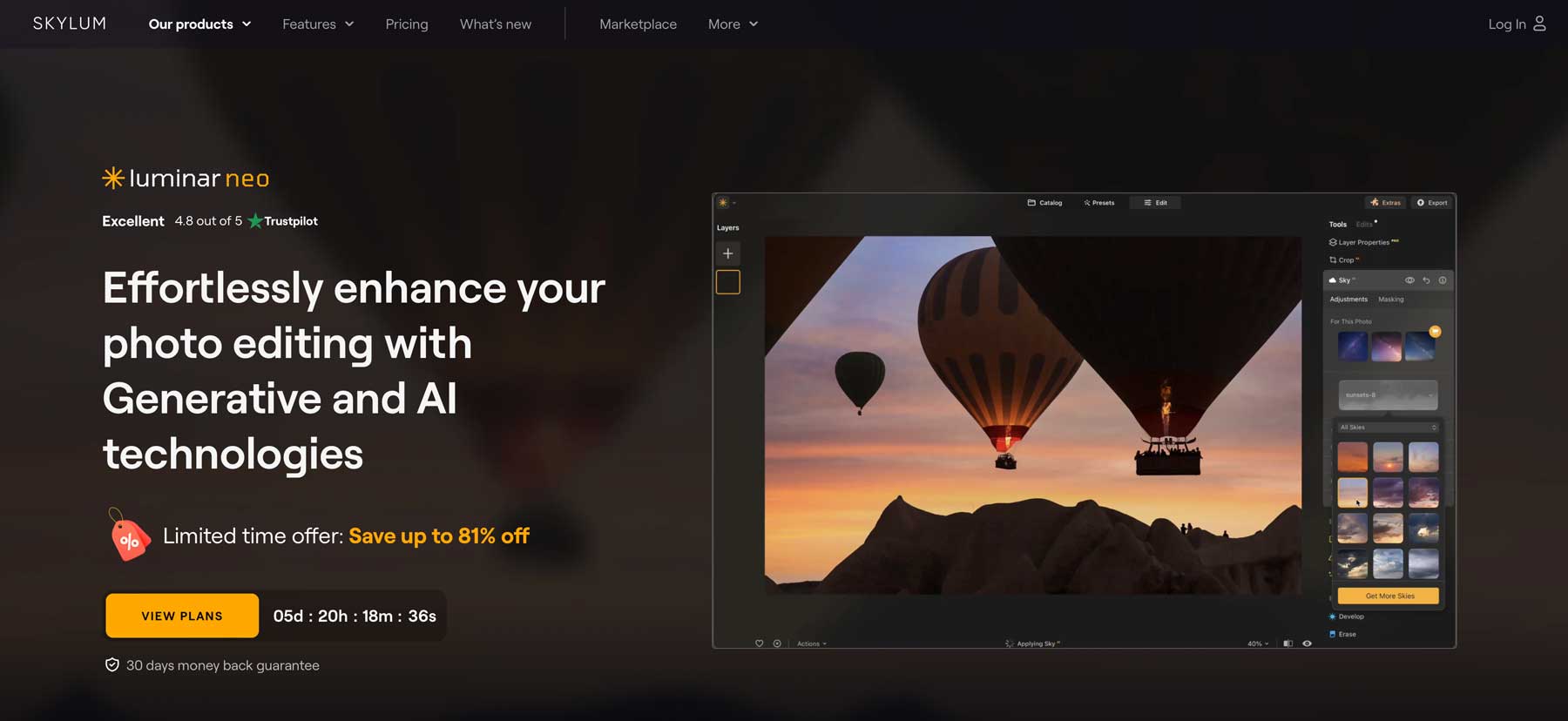
The AI revolution transcends simple filter applications; it’s about intelligent editing that enhances the overall quality of images. Through deep learning models and image recognition, AI photo editors are capable of performing complex tasks that previously required hours of manual labor and technical expertise.
Smart Selection and Masking
One of the standout features of AI-powered editors is their ability to isolate subjects or areas within an image smartly. Traditional selection methods often require painstaking precision, but AI tools simplify this with automated masking features.
Applications like Skylum’s Luminar Neo utilize AI to accurately detect edges, separate subjects from backgrounds, and apply adjustments specifically to selected areas. This level of sophistication enables photographers to make targeted edits, such as enhancing a subject’s color or blurring the background, effortlessly.
Intelligent Enhancements and Suggestions
AI photo editors come equipped with intelligent enhancement suggestions that can elevate an image beyond basic corrections. These suggestions are generated based on data-driven insights derived from millions of images, ensuring that your edits align with current trends and styles.
For instance, tools like Corel PaintShop Pro leverage AI to provide real-time recommendations during the editing process. By analyzing your image characteristics, the software can propose color corrections, exposure adjustments, and effects, allowing you to experiment with different styles and ultimately achieve a polished final look.
Creative Effects and Styles
Beyond mere enhancements, Top 10 AI Photo Editor Tools introduce unique creative effects that can completely transform an image’s aesthetic. Using neural networks, these tools can replicate various art styles and photographic techniques, giving photographers new avenues for expression.
For example, Prisma uses AI to apply artistic filters that mimic famous painting styles, allowing users to turn their photographs into works of art. This capability not only broadens the scope of creative possibilities but also encourages experimentation, pushing photographers to think outside conventional boundaries.
AI-Powered Enhancements: Top Features to Look for in Photo Editors
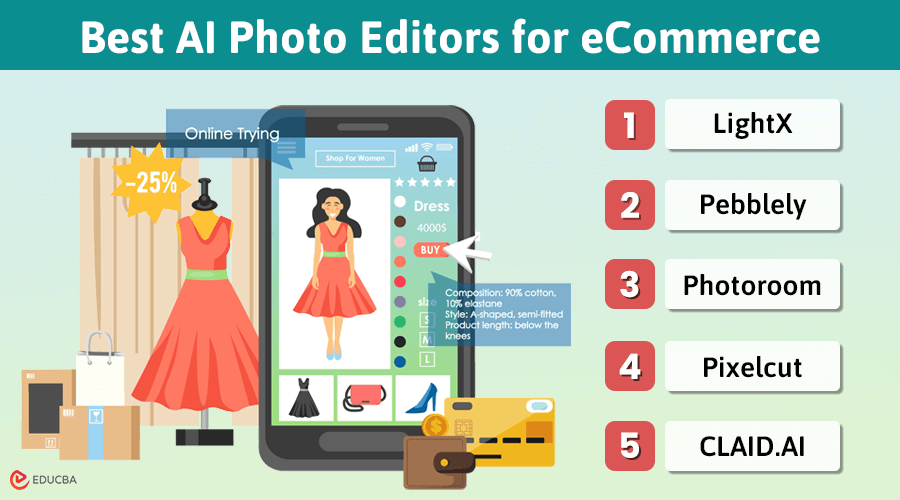
As the demand for AI photo editing continues to grow, it’s essential to identify the key features that set top AI photo editors apart. Understanding these features will help users select the best tool for their specific needs, whether for casual use or professional projects.
Automated Retouching Capabilities
Automated retouching tools are among the most sought-after features in AI photo editors. They eliminate imperfections like blemishes, noise, and distractions instantly, providing a flawless finish.
For instance, the PortraitPro software specializes in portrait retouching, utilizing AI algorithms to identify facial features, smooth skin textures, and enhance eyes. Such capabilities save valuable time for photographers looking to perfect their shots quickly.
Noise Reduction and Image Restoration
Noise reduction and restoration capabilities are crucial for improving the quality of images taken in low-light conditions or with less-than-perfect equipment. AI-driven noise reduction algorithms can significantly reduce graininess while preserving essential details.
Software like Topaz DeNoise employs advanced AI methods to analyze patterns and distinguish between noise and actual image details—transforming underexposed or grainy photos into sharp, clear images with remarkable fidelity.
Batch Processing Efficiency
Efficiency can make or break a photographer’s workflow, especially when dealing with numerous images. AI photo editors that offer batch processing features allow users to apply edits to multiple photos simultaneously, drastically reducing the time spent on repetitive tasks.
Programs like Adobe Lightroom include powerful batch processing capabilities that enable users to synchronize settings across multiple images. With AI’s assistance, even subtle adjustments can be applied consistently, maintaining a cohesive look throughout a photo series.
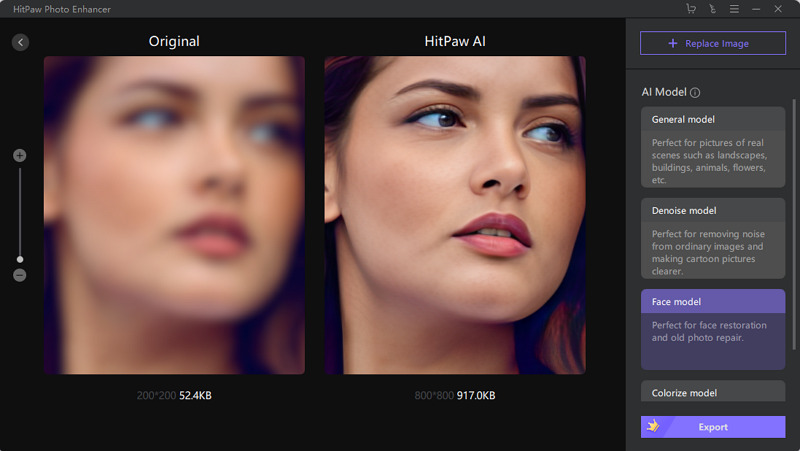
Effortless Edits: Simplifying Photo Editing with AI
One of the greatest benefits of Top 10 AI Photo Editor Tools is their ability to simplify what was once a tedious process. By automating repetitive tasks, these tools free up creative minds to focus on the artistry of photography rather than the technicalities of editing.
Intuitive Interfaces and Workflows
User experience plays a vital role in any software, and AI photo editors often feature intuitive interfaces that guide users through the editing process. They allow users to access tools easily and visualize changes in real time.
Many AI editors employ a non-destructive editing approach, meaning that original image files remain unchanged even as adjustments are made. This feature encourages experimentation and ensures that users can revert to previous versions at any stage without fear of permanently altering their work.
Learning from User Preferences
Advanced AI photo editors continually learn from user behavior and preferences, adapting to individual workflows over time. This adaptability streamlines the editing process and increases efficiency, as the software familiarizes itself with the user’s style.
For example, tools like ON1 Photo RAW can learn your preferred edits and settings based on past actions, creating custom presets tailored to your unique style. This personalized approach saves time and enhances productivity, allowing users to maintain consistency across their body of work.
Adaptive AI Technology
The beauty of AI lies in its capacity to adapt and evolve. With each update, AI photo editors are likely to improve and introduce features that anticipate user needs more effectively. This ongoing evolution means that users can expect continuous enhancements and innovations.
Software companies invest heavily in research and development, striving to refine their algorithms and machine-learning models. Therefore, adopting an AI photo editor means embracing a platform that will likely stay ahead of technological trends, keeping users at the forefront of photo editing capabilities.
From Dull to Dazzling: Top 10 AI photo editor for Image Restoration and Enhancement
Image restoration is perhaps one of the most fascinating benefits offered by AI photo editors. These tools can resurrect old, damaged photographs or enhance dull images, bringing them back to life with clarity and vibrancy.
Rejuvenating Old Photos
Old photographs often suffer from fading, discoloration, and physical damage over time. AI photo editors armed with image restoration capabilities can analyze and reconstruct lost details, restoring images to their former glory.
Tools like Remini utilize cutting-edge AI technology to enhance and revitalize aged images, filling in gaps where clarity and color have diminished. This technology not only preserves memories but also allows photographers to breathe new life into cherished yet deteriorating images.
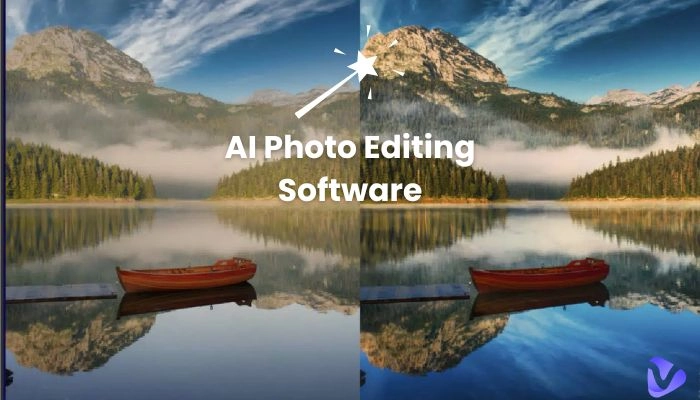
Enhancing Details in Low-Resolution Images
Low-resolution images can pose challenges for photographers seeking high-quality prints or displays. AI photo editors can enhance details in these images using advanced interpolation techniques, bringing out sharpness and clarity without losing integrity.
Software like Topaz Gigapixel AI leverages machine learning to upscale images, intelligently adding pixel information to create stunning high-resolution outputs. This capability opens the door for photographers to repurpose older images for modern displays or publications, maximizing their creative potential.
Instant Color Correction
Color correction is an integral part of photo editing, and AI tools streamline this process significantly. Advanced algorithms analyze color tones, brightness, and contrast, automatically adjusting them to achieve a more balanced and appealing look.
Programs like DxO PhotoLab utilize AI to provide automatic lens corrections and vibrant color enhancements, ensuring that photos stand out with striking accuracy. This instant correction feature saves considerable time, allowing photographers to focus on polishing their images further.
The Future of Photography: AI’s Role in Image Editing
As we continue moving forward in the realm of photography, the integration of AI in image editing raises intriguing questions about the future of the field. The potential for innovation seems limitless, reshaping how photographers approach their craft.
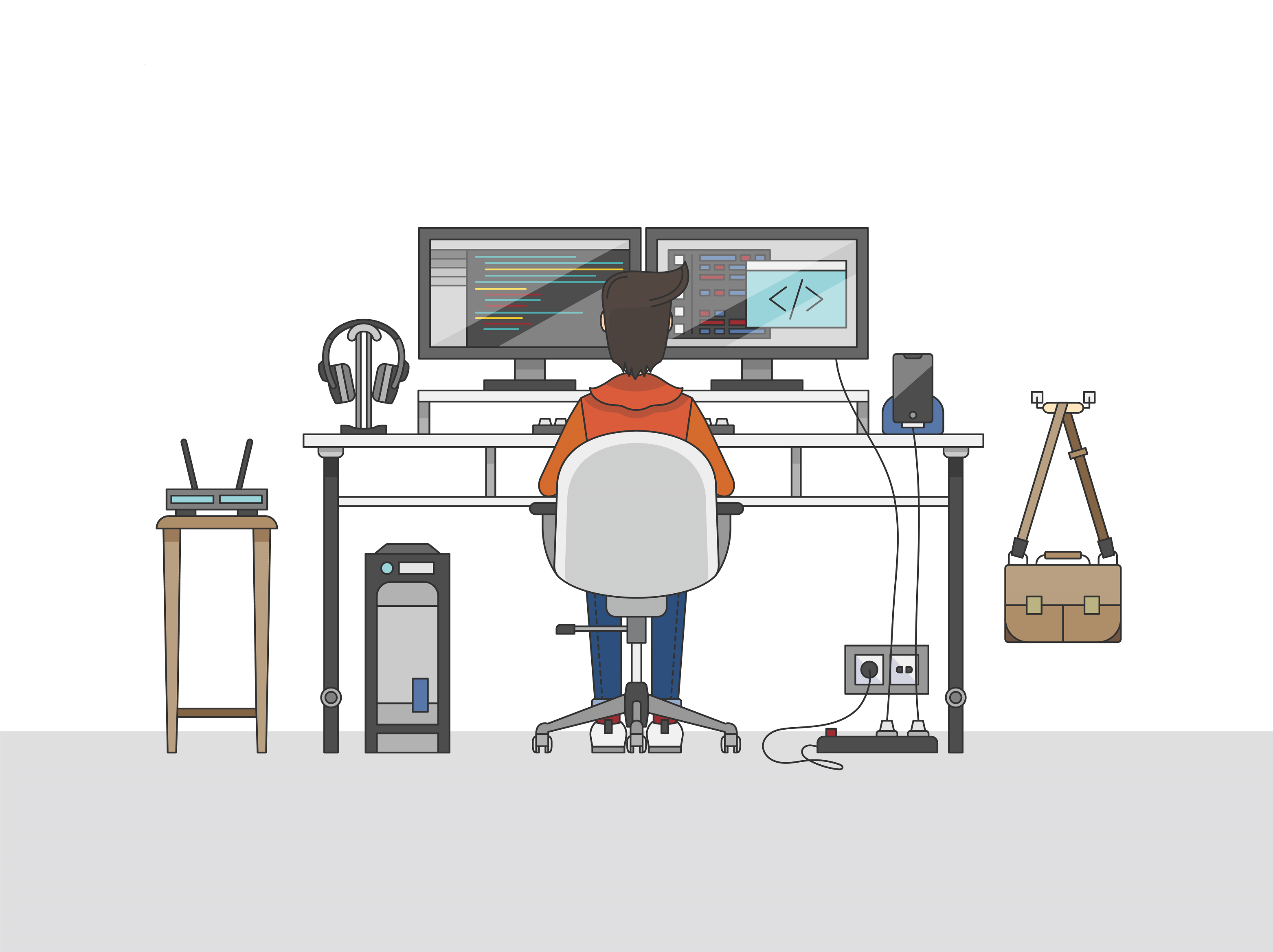
An Expansion of Creative Possibilities
The rise of AI means photographers can now push the boundaries of creativity by leveraging advanced tools to explore new ideas and concepts. AI-driven capabilities mean less time spent on mundane tasks and more space for experimenting with artistic vision.
Innovation in AI technology fosters collaboration between human creativity and machine intelligence. Photographers can harness this synergy, developing unique styles that incorporate both traditional skills and modern technological advances.
Ethical Considerations and Authenticity
As AI continues to play a pivotal role in image editing, ethical considerations must be addressed. The lines between reality and enhancement may blur, leading to discussions around authenticity and representation.
Photographers will need to navigate the ethics of using AI tools responsibly, particularly in contexts like journalism, fine art, and advertising. Striking a balance between captivating imagery and genuine representation will be crucial as the industry evolves.
A New Paradigm for Education and Skill Development
The emergence of AI in photo editing suggests a paradigm shift in photography education. Aspiring photographers will need to familiarize themselves with these new tools and technologies to stay competitive in a rapidly evolving landscape.
Educational institutions may begin integrating lessons on AI photo editing into their curricula, ensuring that students are equipped with the skills necessary to leverage this technology effectively. This commitment to learning will shape the next generation of photographers, blending technical prowess with artistic intuition.
Comparing the Best: Top 10 AI Photo Editors & Their Unique Features
To better understand the landscape of Top 10 AI Photo Editor Tools, it’s essential to compare the top contenders based on their unique features, usability, and target audience. This comparison will help users identify the ideal tool to suit their individual creative endeavors.
Adobe Photoshop
Adobe Photoshop remains a benchmark in the world of photo editing, enriched with AI features like Neural Filters and Content-Aware Fill that simplify complex edits. Its extensive range of tools caters to professionals who require comprehensive control over their projects.
Luminar AI
Luminar AI stands out for its user-friendly interface and AI-driven enhancement capabilities. Beginners will find its automated features helpful, while advanced users appreciate its customizable templates and powerful editing tools.
Capture One
Capture One is favored by professional photographers for its exceptional raw file processing and precise color grading features. Its AI-based tools streamline workflows without sacrificing quality, making it a favorite in commercial photography.
Topaz Labs
Topaz Labs offers specialized solutions like Topaz DeNoise and Topaz Sharpen, providing targeted enhancements that cater to specific photographic challenges. Their commitment to producing high-quality results makes them popular among serious enthusiasts.
ON1 Photo RAW
ON1 Photo RAW combines photo management with editing capabilities, powered by AI for effective organization and enhanced editing options. Its all-in-one approach appeals to users looking for a complete solution.
DxO PhotoLab
DxO PhotoLab employs advanced optics correction and intelligent enhancement features to optimize images. It provides robust tools for professionals who seek precise control over their edits, making it a solid choice for serious photographers.
Corel PaintShop Pro
PaintShop Pro integrates AI features into its versatile editing suite. Users appreciate its affordability and capabilities in various editing functions, making it a practical option for those on a budget.
Affinity Photo
Affinity Photo appeals to creative professionals looking for a cost-effective alternative to Photoshop. While it may lack some advanced AI features, it offers a solid foundation for traditional editing methods and is growing in popularity among enthusiasts.
GIMP
GIMP is an open-source platform that appeals to those looking for a free alternative to premium software. While it lacks built-in AI functions, its customizable nature allows users to integrate third-party plugins for added functionality.
Fotor
Fotor is an online tool designed for quick edits, providing various filters and effects powered by AI. Its accessibility and ease of use make it ideal for casual users looking for fast results without the complexity of advanced software.
AI Photo Editors for Every Need: Choosing the Right Tool for Your Workflow
Selecting right one in the Top 10 AI Photo Editor Tools depends on several factors, including your skill level, workflow, and specific needs related to photography. Evaluating these aspects will help you determine which tool aligns best with your creative objectives.
Assessing Skill Level
Your experience with photo editing software is crucial in determining the best AI photo editor for you. Beginners may benefit from tools with simplified interfaces and automated features, while professionals might prioritize advanced functionalities and customization.
For novices, programs like Luminar AI and Fotor offer approachable environments to learn and explore without feeling overwhelmed. Conversely, seasoned professionals often gravitate toward Adobe Photoshop or Capture One for their extensive capabilities.
Considering Workflow Compatibility
Every photographer has a unique workflow influenced by their style, equipment, and project requirements. Ensure that the AI photo editor you choose integrates seamlessly with your existing tools and processes.
If you frequently shoot in raw format, consider editors like Capture One or DxO PhotoLab that excel in raw file processing. Additionally, tools offering batch processing capabilities can enhance efficiency when working on large projects.
Exploring Specific Needs
Photographers often have specific needs depending on their genre, whether it’s portraiture, landscape photography, or commercial work. Identify the features that matter most to you and prioritize editors that excel in those areas.
For portrait photographers, tools like PortraitPro focus on retouching and enhancing facial features, while landscape photographers may prefer software with advanced color grading capabilities like Luminar AI.
Accessibility and Innovation: The Impact of AI Photo Editors on Creativity
The rise of AI photo editors has significantly impacted artistic expression and creativity in photography. As these tools become more accessible, they open doors for individuals to explore their creative potential.
Democratizing Photography
AI photo editors have democratized photography by lowering barriers to entry. With user-friendly design and automated features, aspiring photographers can produce impressive work without extensive training or technical understanding.
This newfound accessibility encourages more people to engage with photography as a hobby or profession. As a result, we see an influx of diverse perspectives and creative expressions, enriching the photography community as a whole.
Innovation in Artistic Exploration
As photographers embrace AI photo editors, they find themselves empowered to experiment with different styles and techniques. The ability to make substantial edits quickly encourages exploration and risk-taking, ultimately fostering innovation.
By breaking free from conventional limitations, photographers can redefine their artistic voices. AI tools serve as collaborators in the creative process, inspiring fresh ideas and pushing the boundaries of traditional aesthetics.
Building Community and Collaboration
The accessibility of AI photo editors promotes community engagement and collaboration among photographers. Online forums, social media groups, and workshops centered around AI-enhanced photography allow creatives to share experiences, tips, and inspiration.
As photographers connect with others who share similar interests, the exchange of knowledge becomes invaluable. This collaborative spirit fuels growth and development, helping individuals refine their skills and broaden their horizons.
Looking for more insightful content? Check out our latest article on Best Tools For Image Generation. Also, don’t miss our recent blog post discussing AI Voice Cloning Generators Explore now for valuable insights!
Conclusion
The landscape of photography is undergoing a remarkable transformation with the introduction of AI photo editors. These innovative tools are revolutionizing image editing, empowering both beginners and professionals to unlock new levels of creativity and efficiency. By understanding the unique features and strengths of the top 10 AI photo editors, photographers can choose the best tool for their needs, enhancing their workflow and artistic expression.
As we look to the future, it’s evident that AI will continue to play a vital role in shaping the photography industry, inviting individuals to explore their creative potential while navigating the complexities of ethical considerations. In the end, AI photo editors are not merely tools; they are catalysts for creativity, inspiring photographers to evolve and redefine the way we perceive and capture the world around us.
Looking to learn more? Dive into our related article for in-depth insights into the Best Tools For Image Generation. Plus, discover more in our latest blog post on AI Generator From Image . Keep exploring with us!
Related Tools:
For more AI tools, explore all categories by clicking here: Latest Tools.
